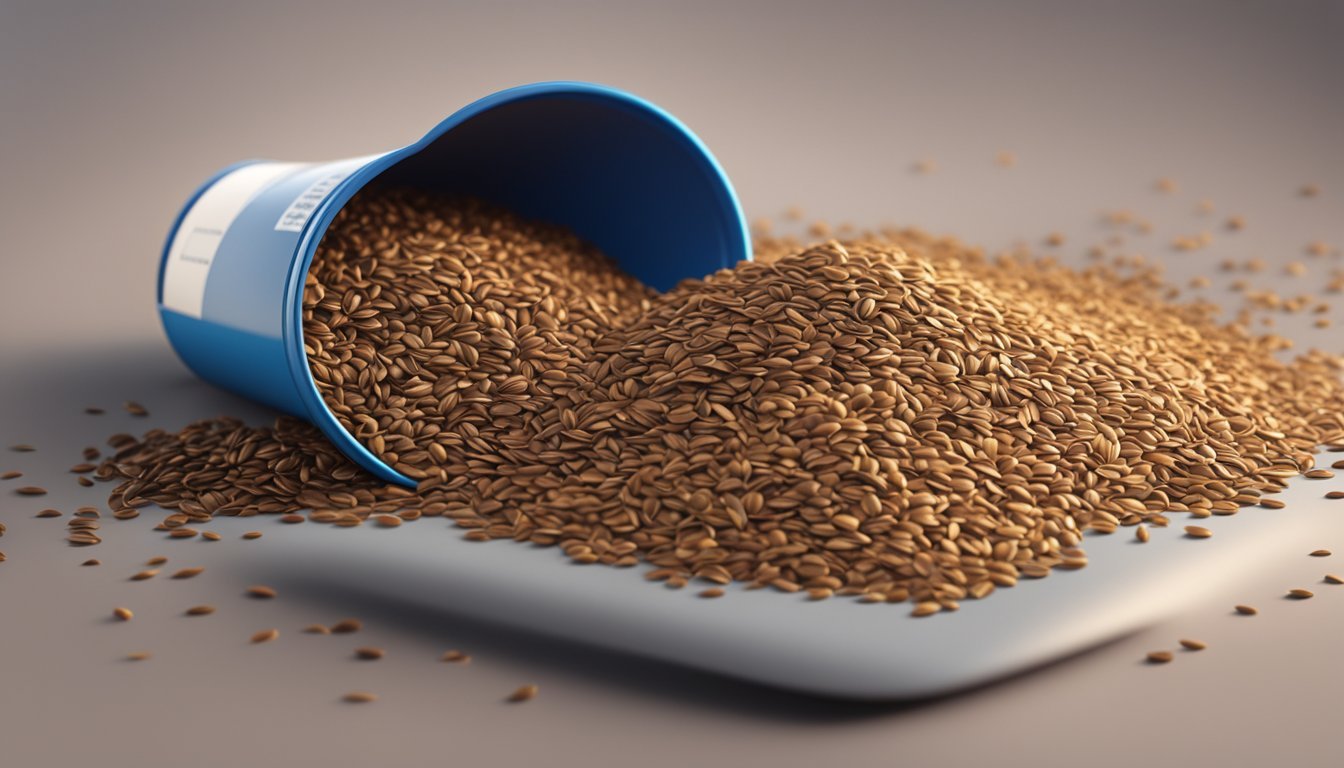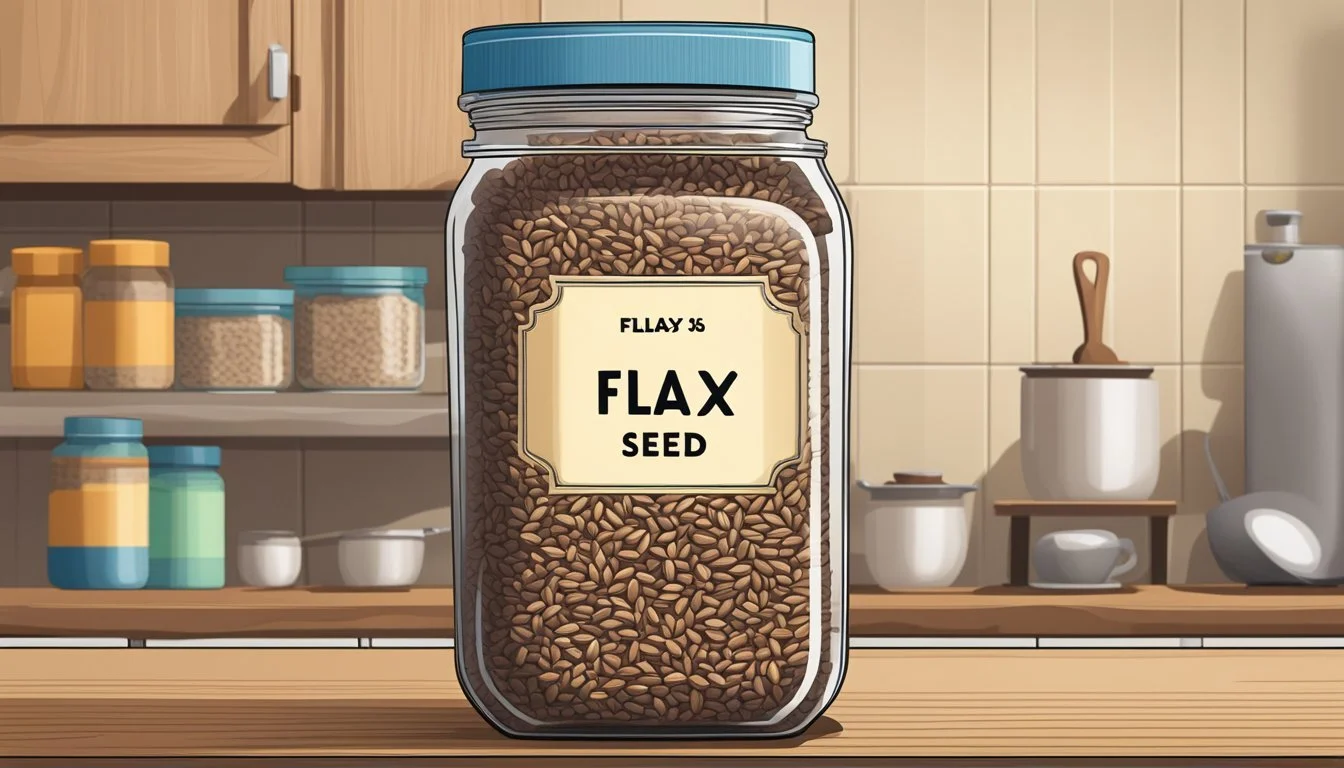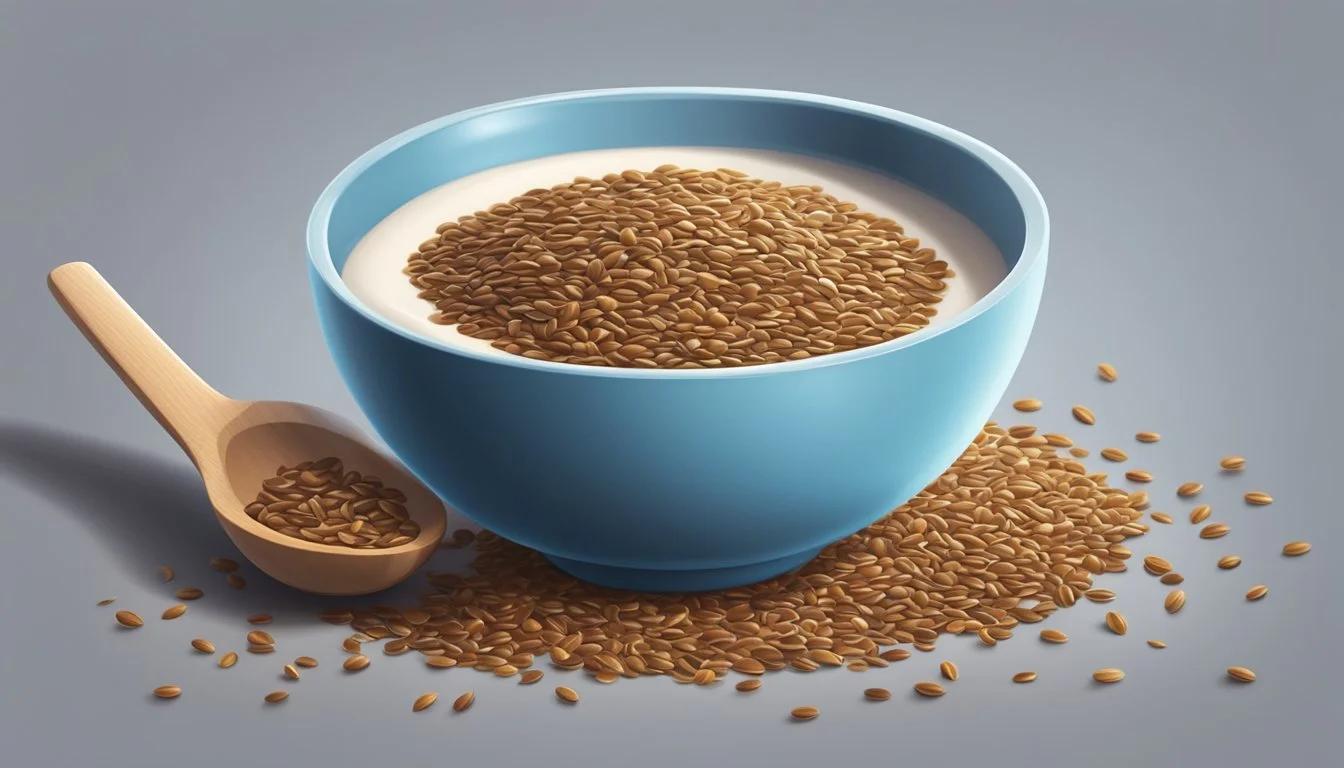Do Flax Seeds Go Bad?
Understanding Their Shelf Life and Storage
Flax seeds, known for their health benefits and rich nutritional value, are often hailed as a superfood. High in omega-3 fatty acids, fiber, and protein, they have become a staple in many health-conscious households. However, despite their many advantages, flax seeds do have a shelf life. Yes, flax seeds can go bad, often showing signs such as a rancid smell or bitter taste.
The fragile fats in flax seeds are prone to spoilage, making proper storage essential. Storing them in a cool, dark place and keeping them sealed can prolong their freshness. Whole flax seeds have a longer shelf life compared to ground flaxseed, which is more susceptible to oxidation and spoilage.
Recognizing the signs of spoilage in flax seeds is crucial to maintaining their nutritional value. If flax seeds emit an off-putting sour odor or have a bitter flavor, they should be discarded. Maintaining their freshness ensures that the full health benefits, including heart health and digestive support, are retained.
Understanding Flax Seeds
Flax seeds, known as a superfood, offer numerous nutritional benefits including omega-3 fatty acids, fiber, and antioxidants. They come in various forms such as whole seeds and ground flaxseed, each offering unique health advantages.
Composition and Health Properties
Flax seeds are rich in omega-3 fatty acids, which contribute to better heart health. These essential fats, particularly alpha-linolenic acid (ALA), are crucial for reducing inflammation and maintaining healthy cholesterol levels.
In addition to omega-3s, flax seeds are high in fiber, which aids in digestion and can support weight loss efforts by promoting a feeling of fullness. They also contain lignans, which are powerful antioxidants with potential cancer-fighting properties.
Furthermore, flax seeds are an excellent source of iron, which is important for blood health, and they provide proteins that are essential for muscle repair and growth.
Different Forms of Flax Seeds
Flax seeds are available as whole seeds, ground flaxseed, flaxseed meal, and flaxseed oil, each with distinct uses.
Whole flaxseed: These have a longer shelf life and are often used in recipes that require texture. However, they need to be ground to access their full nutritional benefits.
Ground flaxseed or flaxseed meal: These offer more accessible nutrients because the outer shell has been broken down. They mix well in smoothies, oatmeal, and baked goods.
Flaxseed oil: Rich in omega-3 fatty acids, this oil is often used as a dietary supplement. It's sensitive to heat and light, so it should be stored properly to maintain its benefits.
Choosing the right form depends on dietary needs and how the flax seeds will be incorporated into meals.
Proper Storage Techniques
Proper storage of flaxseeds is crucial to maintain their quality and freshness. Whether storing for the short-term or long-term, choosing the right containers and maintaining ideal conditions can significantly prolong their shelf life.
Short-Term vs. Long-Term Storage
For short-term storage, whole flaxseeds are best kept in an airtight container in a cool, dark place like a pantry. This setup typically keeps them fresh for up to one year. Ground flaxseeds, being more prone to spoilage, should be stored in the refrigerator and used within a few months to maintain their quality.
For long-term storage, whole flaxseeds can be stored in the freezer. This method can extend their freshness to up to two years. Ground flaxseeds are best frozen too, but they should be used within a few weeks once thawed.
Selecting Suitable Storage Containers
Using airtight containers is vital for keeping flaxseeds fresh. Glass jars with tight-sealing lids work well for this purpose, as do plastic containers with a good seal. Avoid bags that are not resealable, as they allow exposure to air and moisture.
Mason jars and other similar containers provide a durable, airtight seal. Ensure the container is clean and dry before filling to minimize the risk of contamination. For extra protection, consider vacuum-sealing the seeds, especially for long-term storage.
Ideal Conditions to Maintain Freshness
Maintaining the ideal conditions is essential to prolong the freshness of flaxseeds. Store them in a cool and dark place to reduce exposure to light and heat, which can accelerate spoilage. Avoid keeping containers near heat sources like stoves or ovens.
Temperature control is also crucial—keep flaxseeds in the refrigerator or freezer to slow down the oxidation process. Ensure containers are well-sealed to protect from moisture and oxygen, which can degrade the seeds’ quality. Regularly check for any off-putting odors or bitter tastes, as these indicate that the seeds may have gone bad.
By following these guidelines, the nutritional benefits and quality of flaxseeds can be preserved for longer periods.
Shelf Life Expectancy
Flax seeds have a notable shelf life, but various factors such as storage conditions and whether the seeds are whole or ground significantly impact their longevity.
Typical Lifespan of Flax Seeds
Whole flax seeds typically last up to one year when stored at room temperature. When kept in a cool, dark place like a refrigerator, their shelf life can extend to two years. Ground flax seeds, in contrast, have a much shorter shelf life. Due to the grinding process, which leads to greater exposure to air and light, their lifecycle is usually about four months at room temperature. Refrigeration can help extend this period.
Factors Influencing Shelf Life
The preservation of flax seeds largely depends on storage conditions and exposure. Flax seeds contain oils that can oxidize when in contact with oxygen, light, and heat. Storing them in airtight containers away from light can prevent rancidity. Temperature also plays a crucial role; cooler environments delay the oxidation process. Ground flax seeds are especially sensitive to air exposure because the grinding process breaks down protective layers, expediting spoilage. Proper storage techniques, such as refrigeration, can significantly enhance their shelf life.
Identifying Spoilage in Flax Seeds
To determine if flax seeds have gone bad, specific indicators such as rancidity and mold should be monitored. This ensures safety and maintains the nutritional value of the seeds.
Signs of Rancidity and Mold
Rancid flax seeds exhibit several telltale signs. Odor is a primary indicator; fresh flax seeds have a mild, nutty smell, whereas rancid seeds release a sour or off smell. Taste is another aspect. Fresh seeds or ground flaxseed should not taste bitter. Any bitterness indicates spoilage.
Visual inspection can also help. Healthy seeds are uniformly brown or golden. Discoloration or the presence of mold growth, which appears as fuzzy spots, signifies spoilage. Regularly checking for these signs can help in identifying unsafe flax seeds early.
Safety Measures for Consumption
To ensure flax seeds remain safe for consumption, proper storage is essential. Flax seeds should be kept in an airtight container, away from heat and light, which accelerates oxidation and spoilage. Storing flaxseed in the refrigerator or freezer can further delay rancidity.
Even with these measures, flax seeds should be consumed within 6 to 12 months. Expired flaxseed should pass a thorough check for any signs of rancidity or mold before use. If any doubt arises about their safety, it is better to discard the questionable seeds and avoid possible health risks.
By maintaining best practices for storage and regularly checking for signs of spoilage, the safety and quality of flax seeds are preserved, ensuring they can be a nutritious part of the diet.
Incorporating Flax Seeds into Your Diet
Flax seeds offer numerous health benefits and are versatile in cooking and baking. They can be easily added to various meals, enhancing nutritional value without compromising taste.
Creative Ways to Use Flax Seeds
Ground flaxseed is commonly used in recipes. You can add it to muffins, bread, cookies, and cakes. It blends seamlessly into baked goods due to its mild, nutty aroma.
Another way is incorporating flaxseed into smoothies. One tablespoon of ground flaxseed can enrich your post-workout drink with fiber and Omega-3s.
Flaxseed can also replace eggs in vegan baking. Mix one tablespoon of ground flaxseed with 2.5-3 tablespoons of water and let it sit for five minutes to create a gel-like consistency.
Whole flaxseeds can be sprinkled over salads, yogurt, or cereals. This adds a pleasant crunch and boosts nutritional content.
Effect of Cooking on Flax Seeds
Cooking can affect the nutritional profile of flax seeds. While flaxseed's nutrients are somewhat heat-stable, some Omega-3 fatty acids may degrade at high temperatures.
Grinding flaxseeds improves nutrient absorption, as whole flaxseeds can pass through the digestive system undigested.
Freezing ground flaxseed can extend its shelf life. Store it in an airtight container to retain its nutty aroma and nutritional value. Grinding the seeds just before use is also an effective way to preserve freshness.
Processing flaxseeds, such as baking in cookies or crackers, is a convenient method to incorporate them into daily meals, ensuring you still benefit from their rich content of fiber and protein.
Preventing Infestation and Contamination
Storing flax seeds properly is essential to prevent infestation by bugs and insects. Begin by using airtight containers. These containers create a stable environment that reduces the chances of contamination.
Opt for glass or plastic containers with secure lids. Avoid leaving flax seeds in their original packaging once opened, as this provides little protection against insects.
Keep storage areas clean and dry. Areas with high moisture are breeding grounds for pests.
Another effective storage method involves refrigeration. By keeping flax seeds in the refrigerator, the cooler temperature helps maintain freshness and discourage insects.
If refrigeration is not an option, place the airtight containers in a cool, dark pantry. Light and heat accelerate spoilage and can attract pests.
For extra protection, consider adding a food-grade oxygen absorber into the container. This can help reduce moisture and prolong the shelf life of the seeds.
Regularly inspect the seeds for any signs of bugs or spoilage. Look for changes in color or smell. If you notice any off odors or discoloration, discard the seeds immediately.








